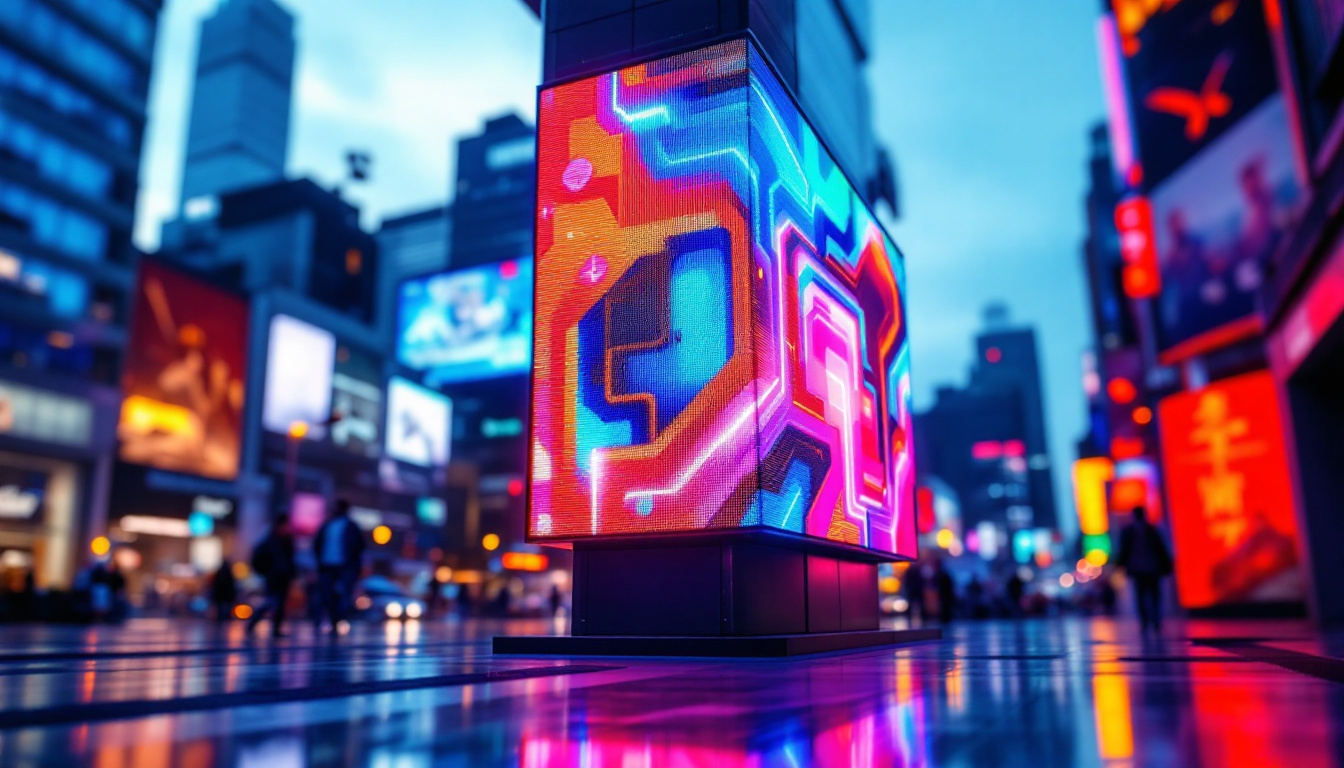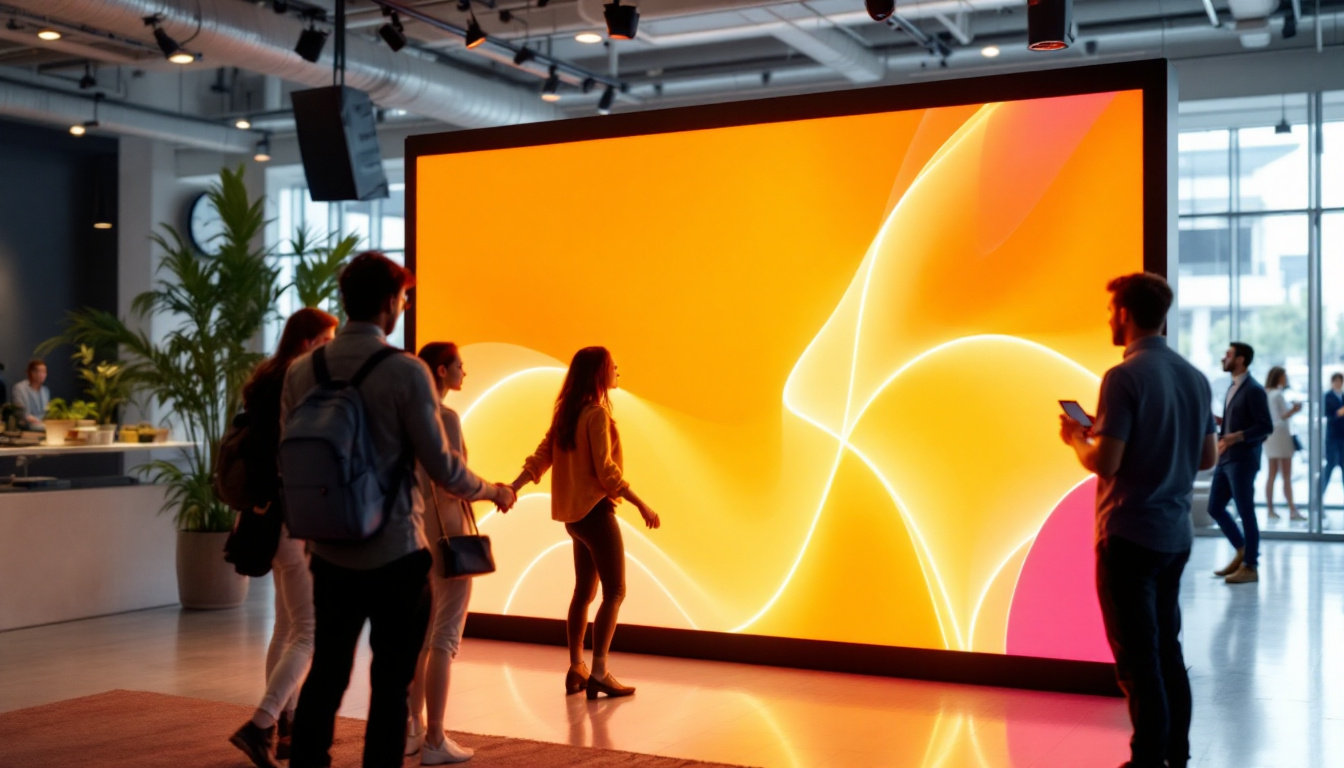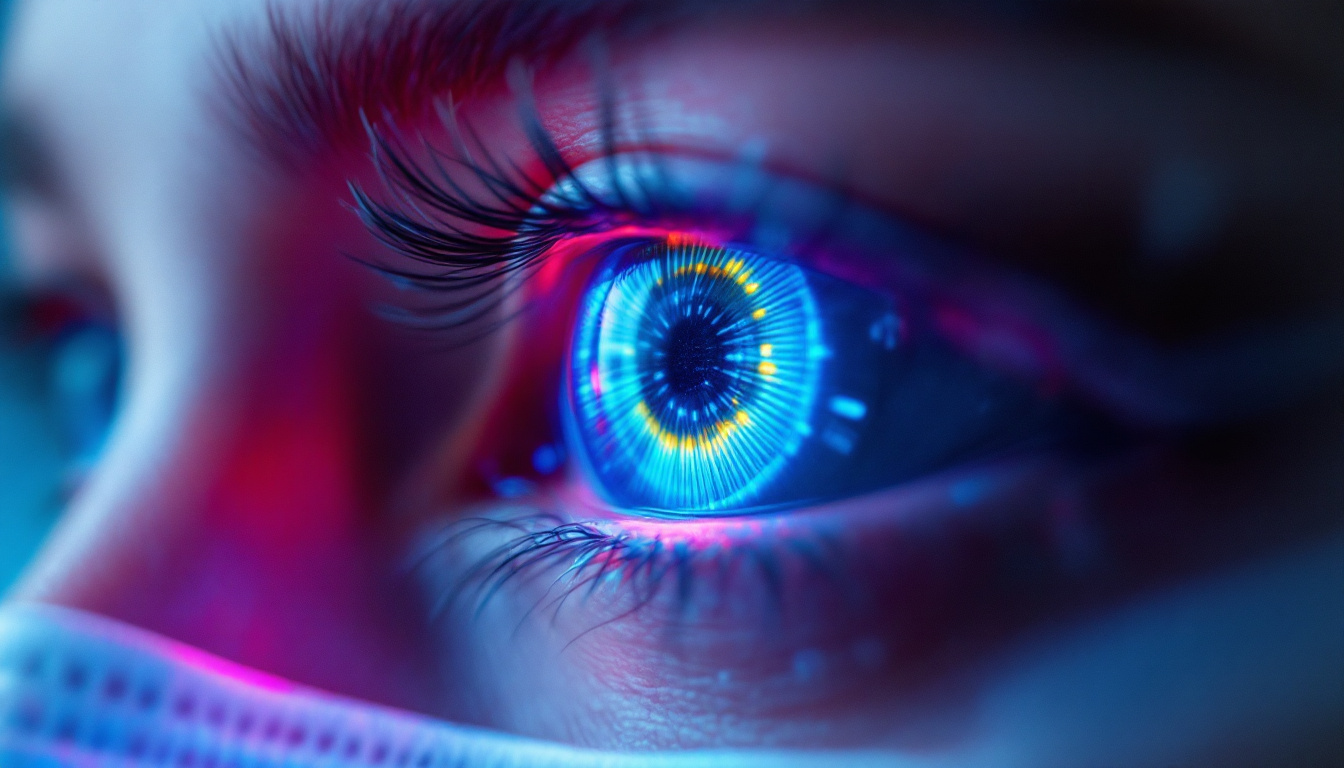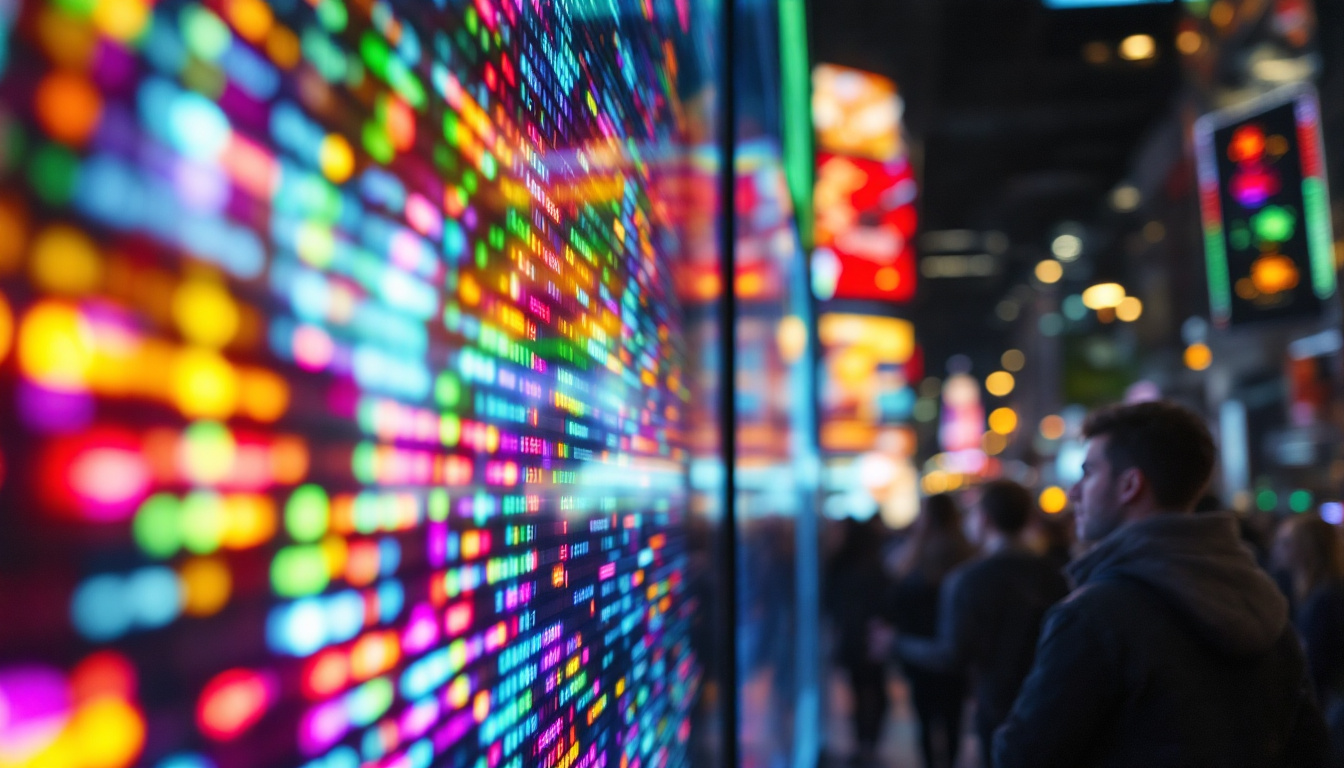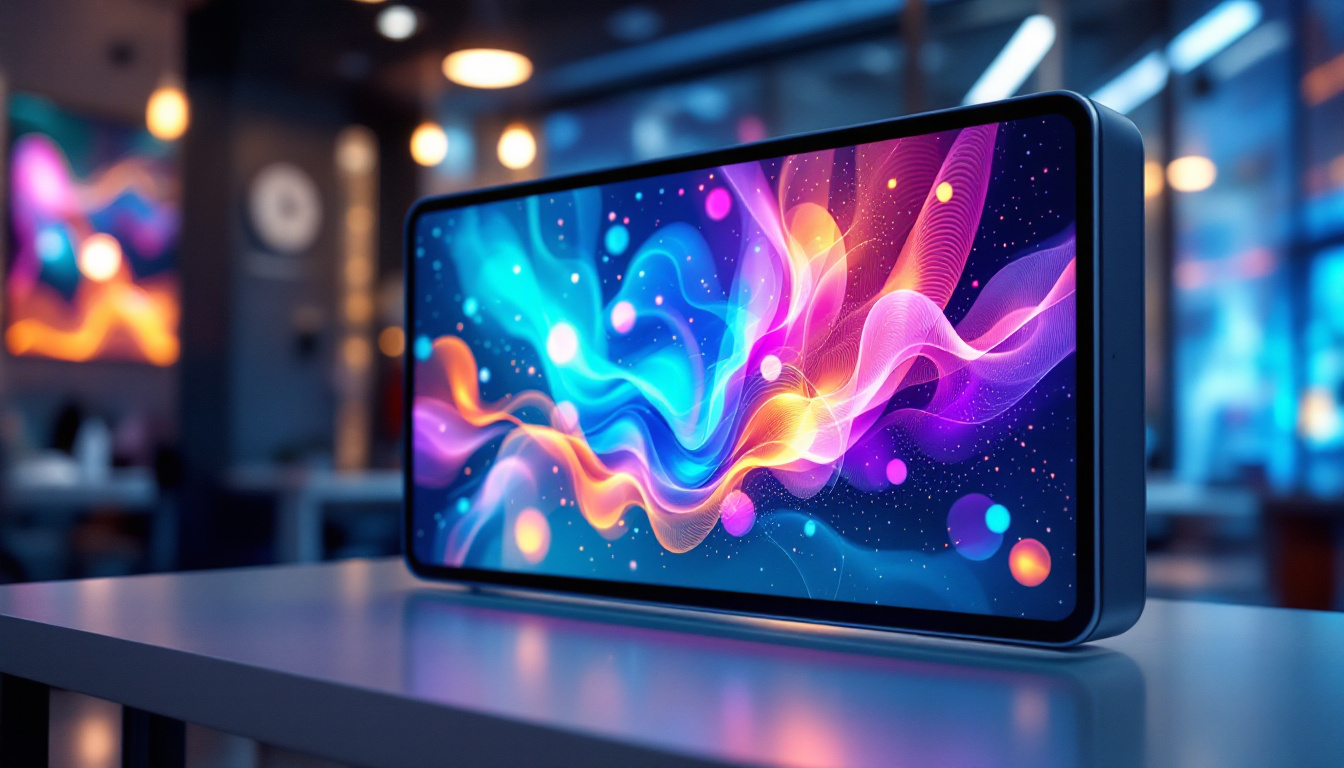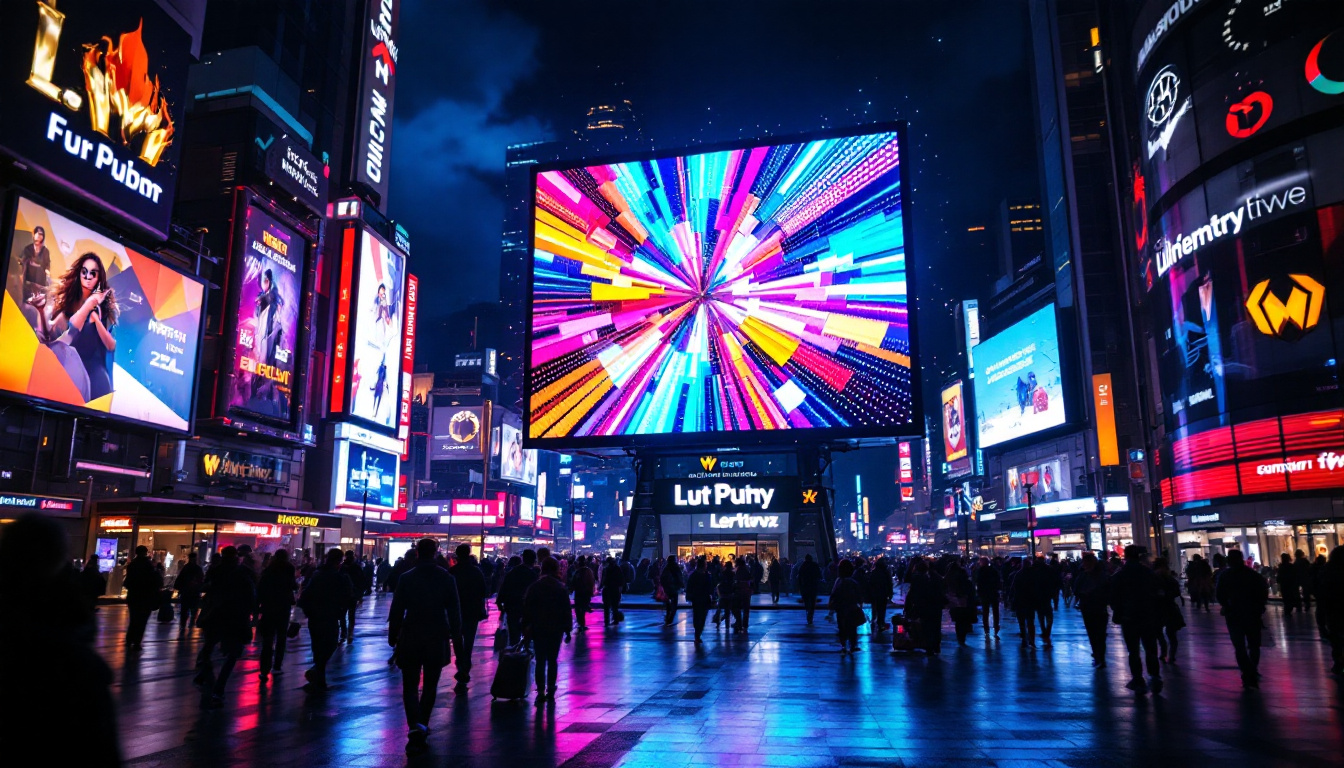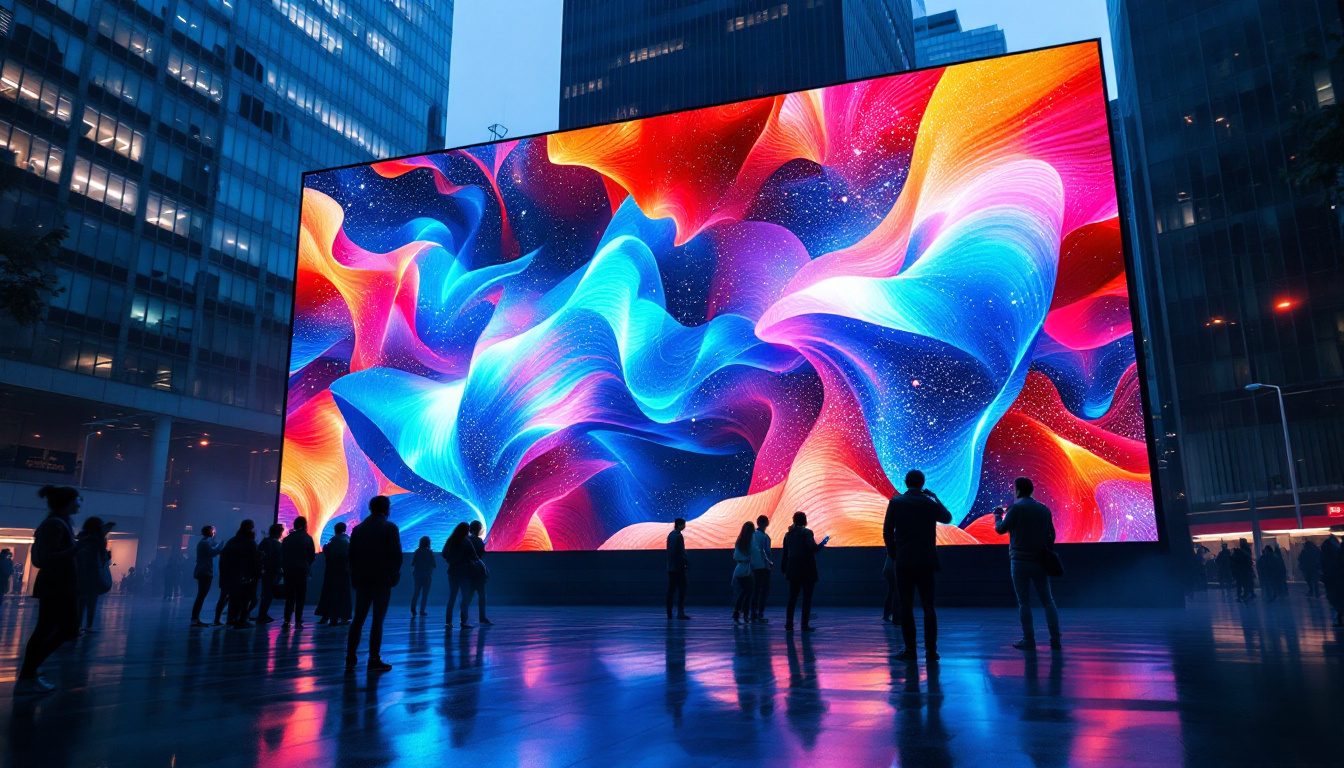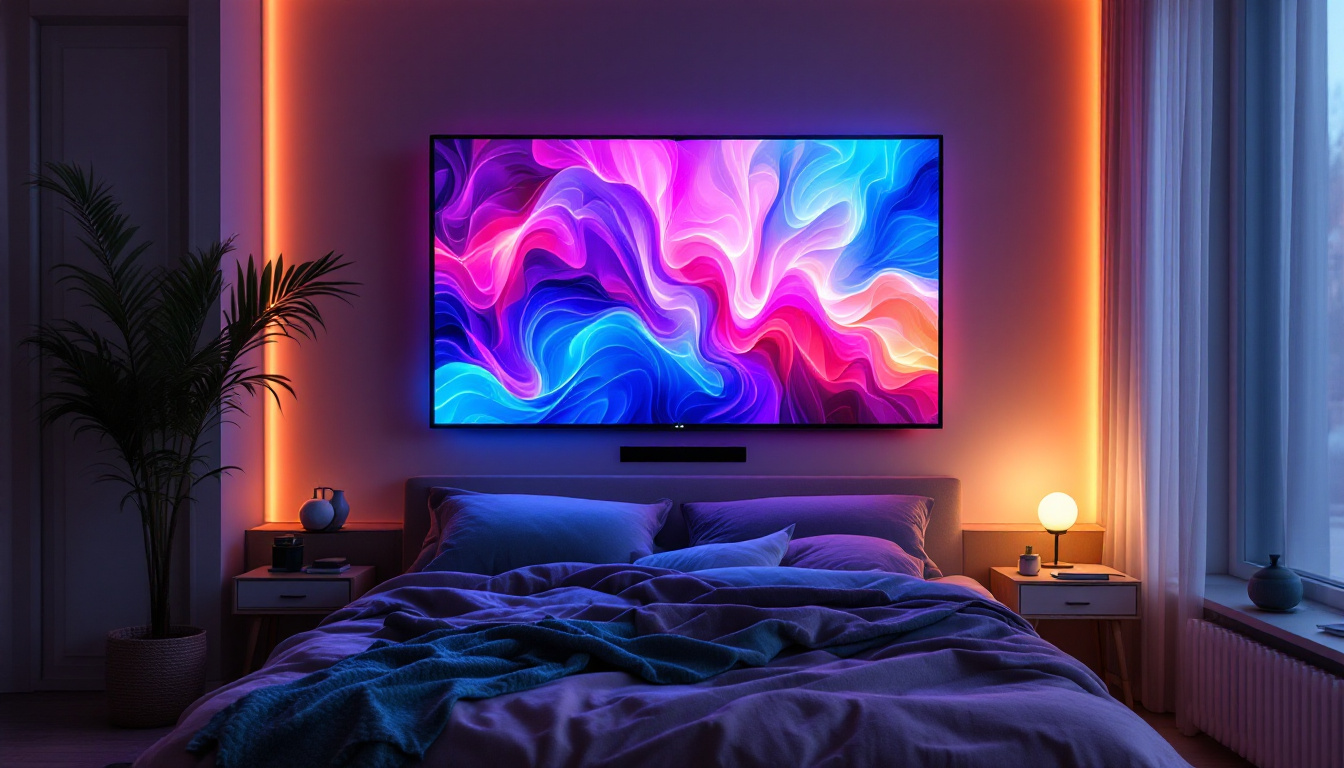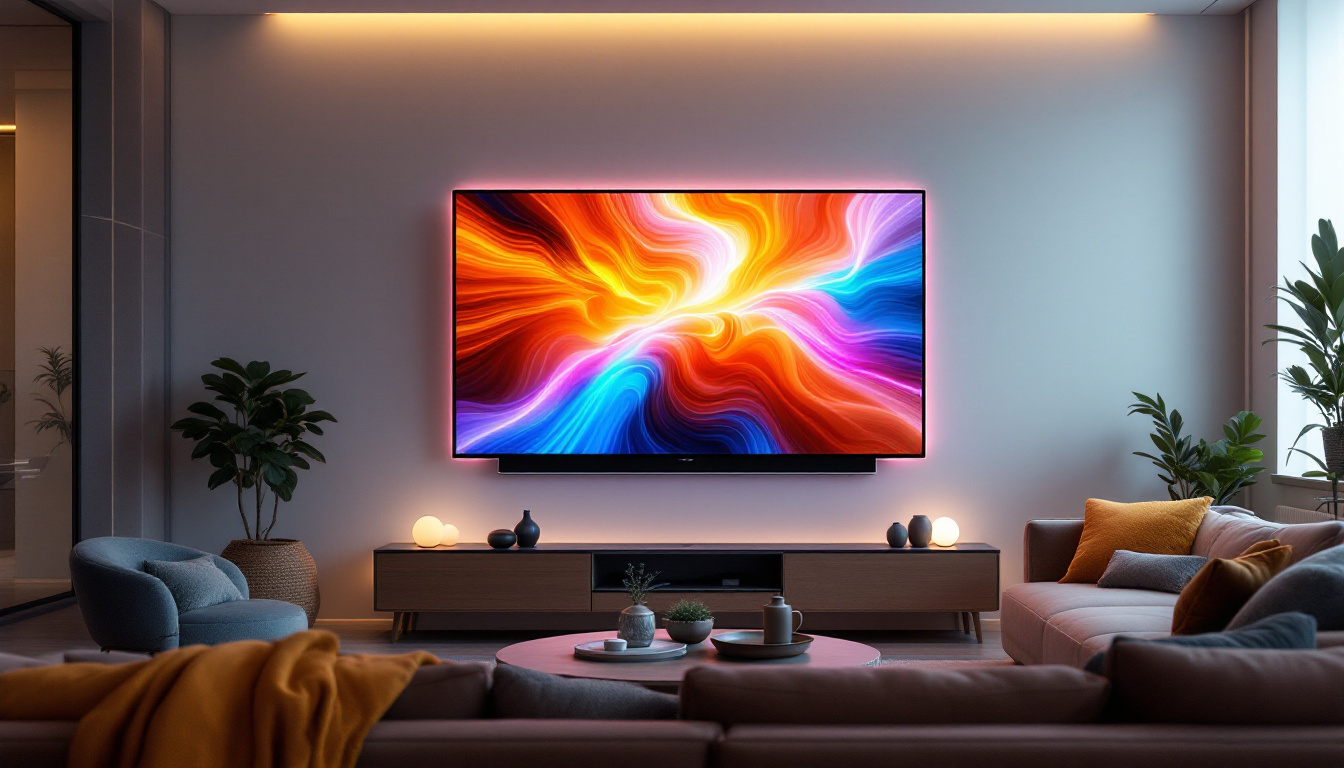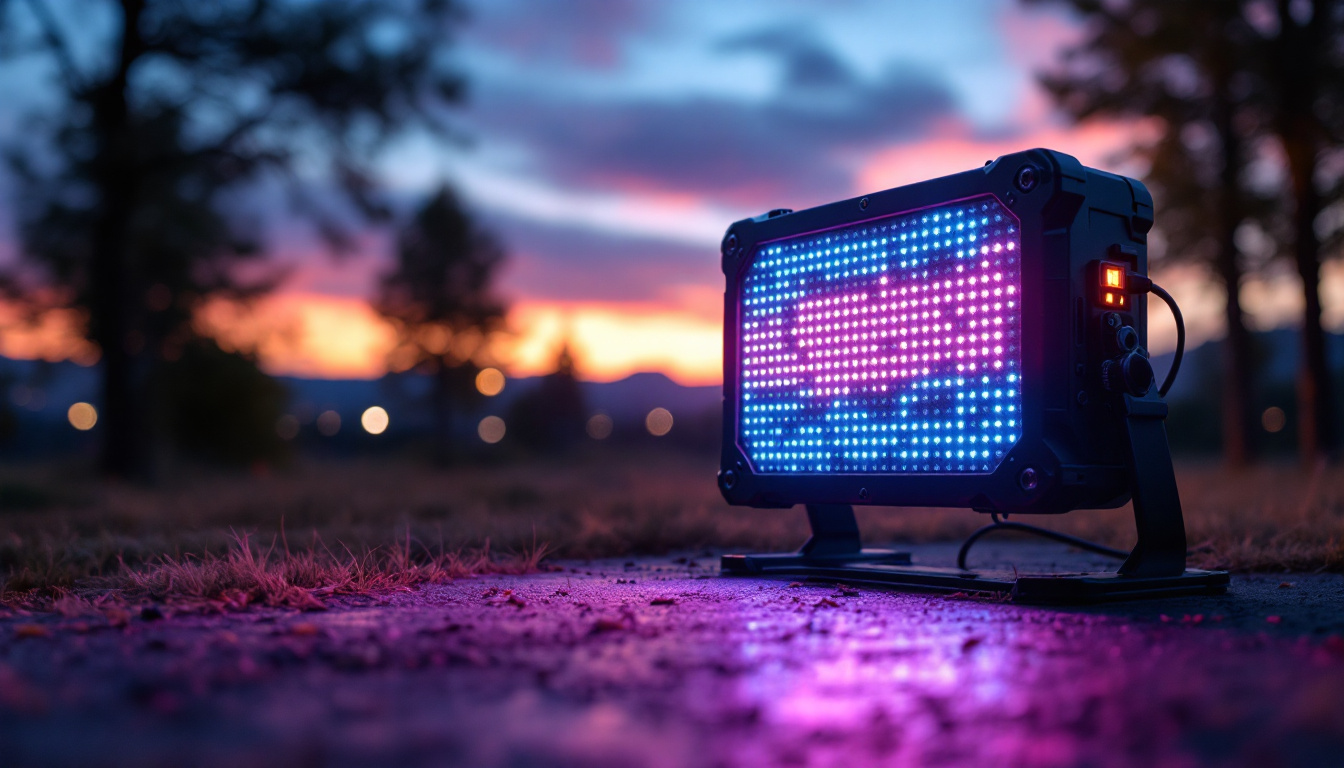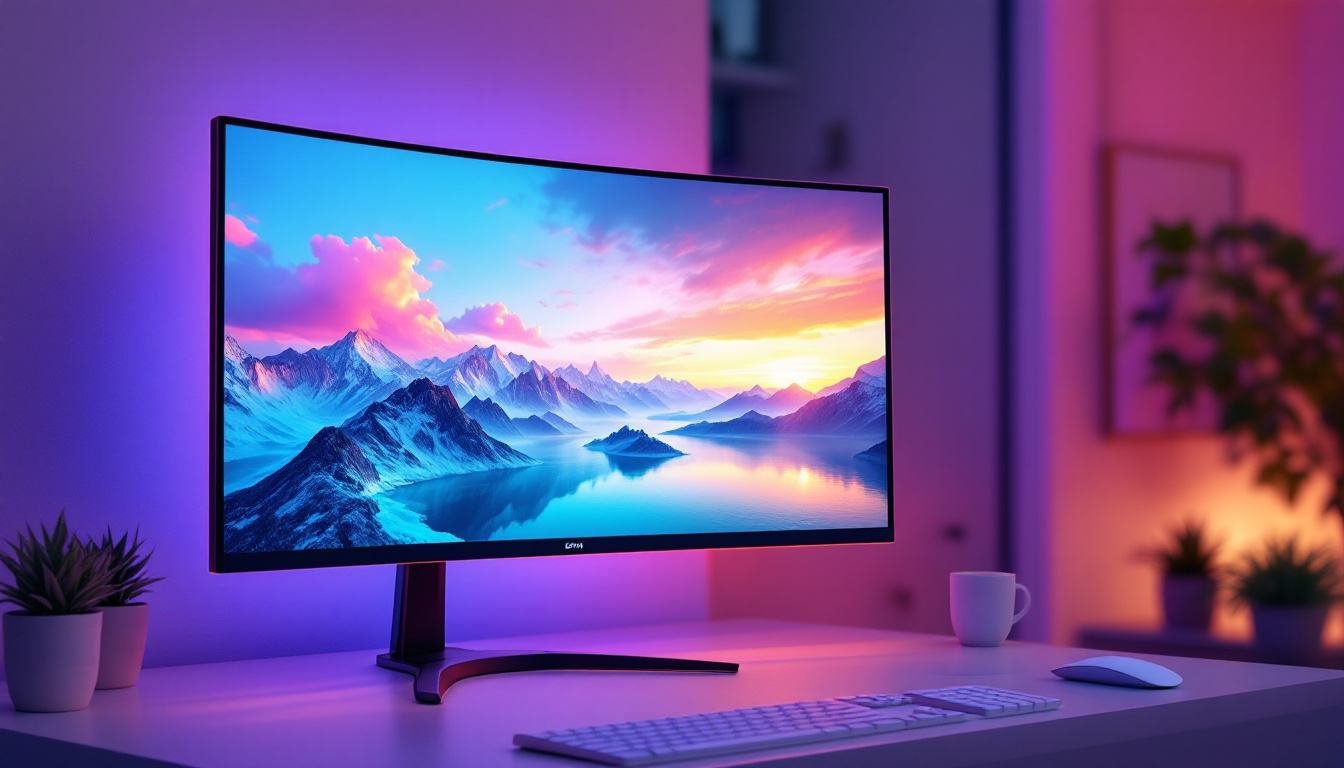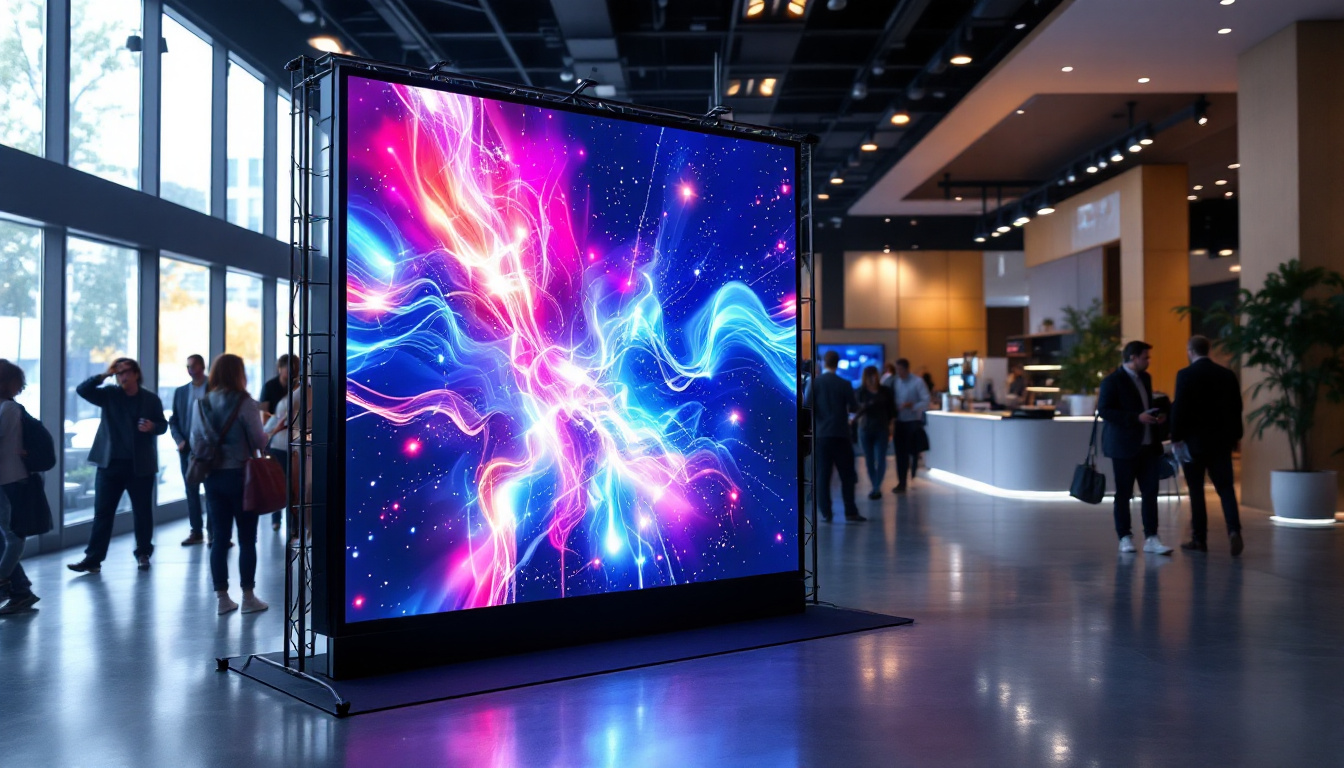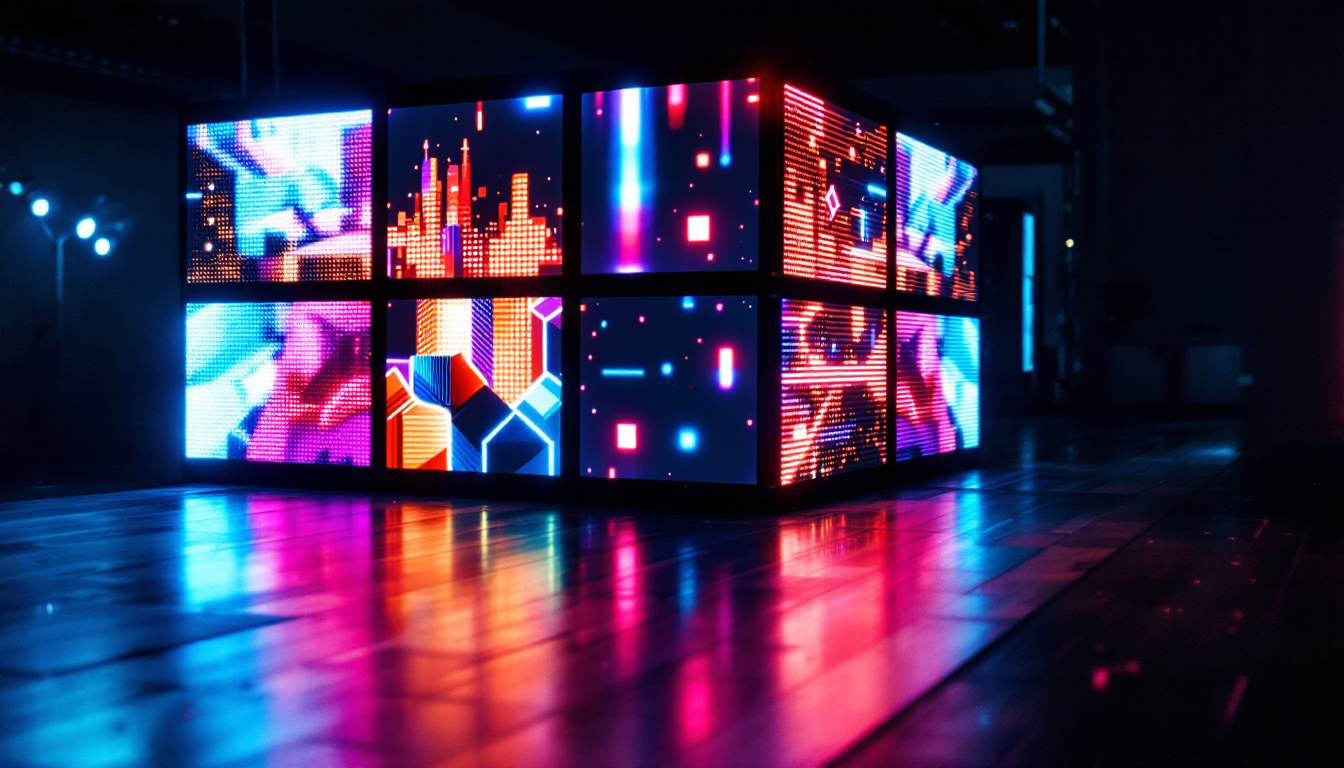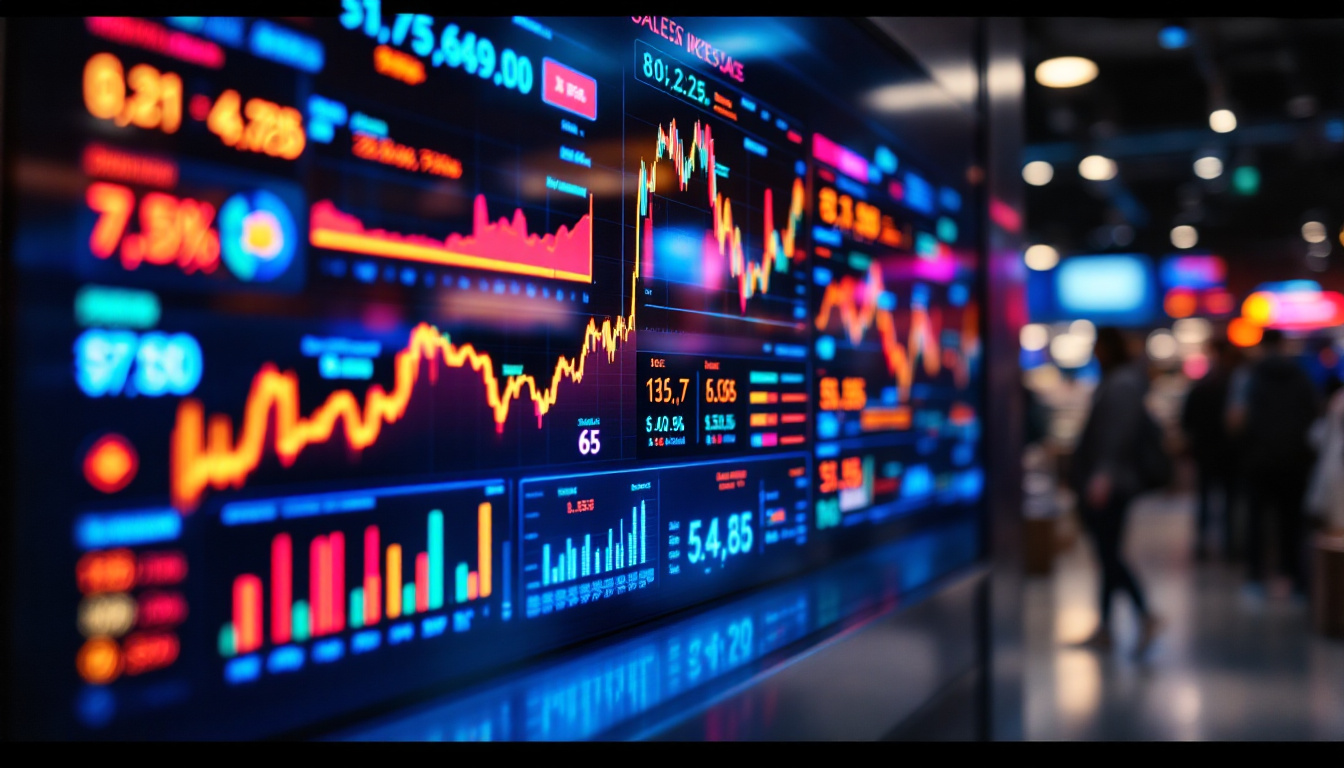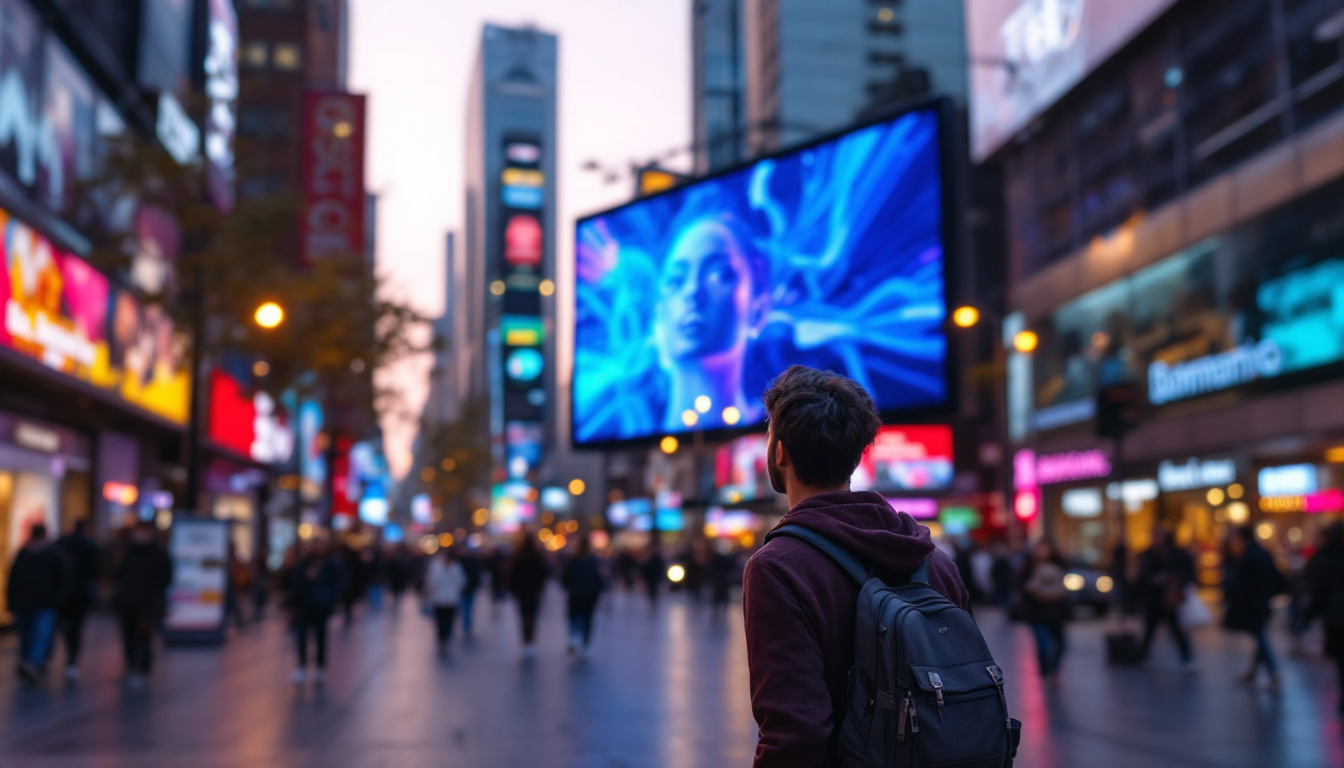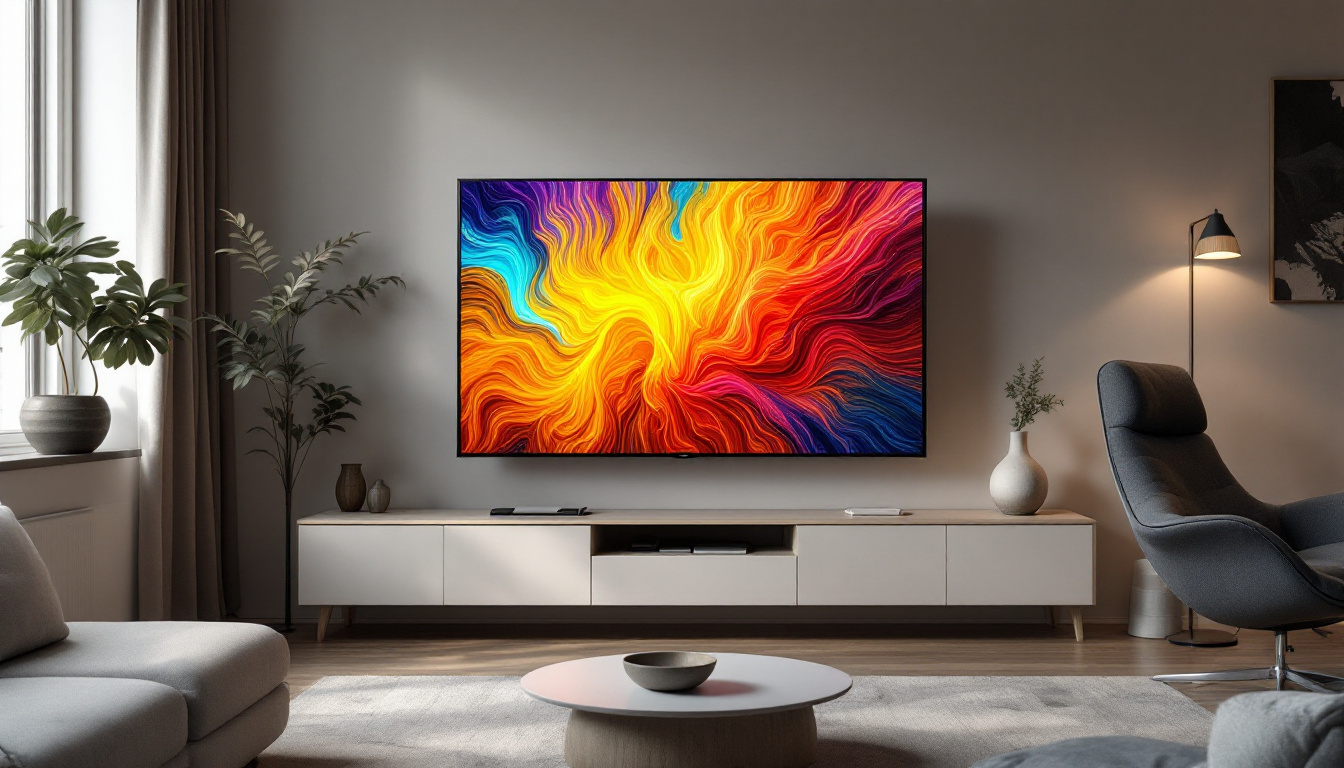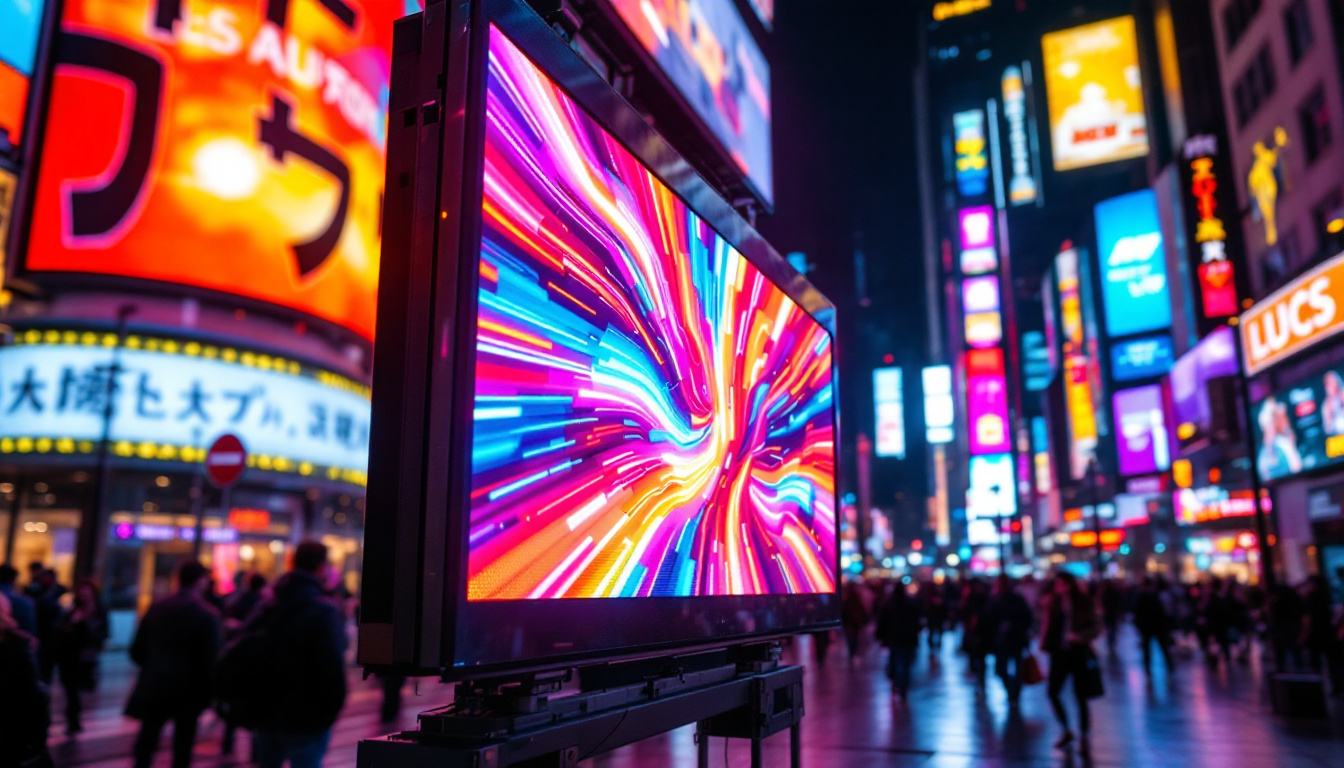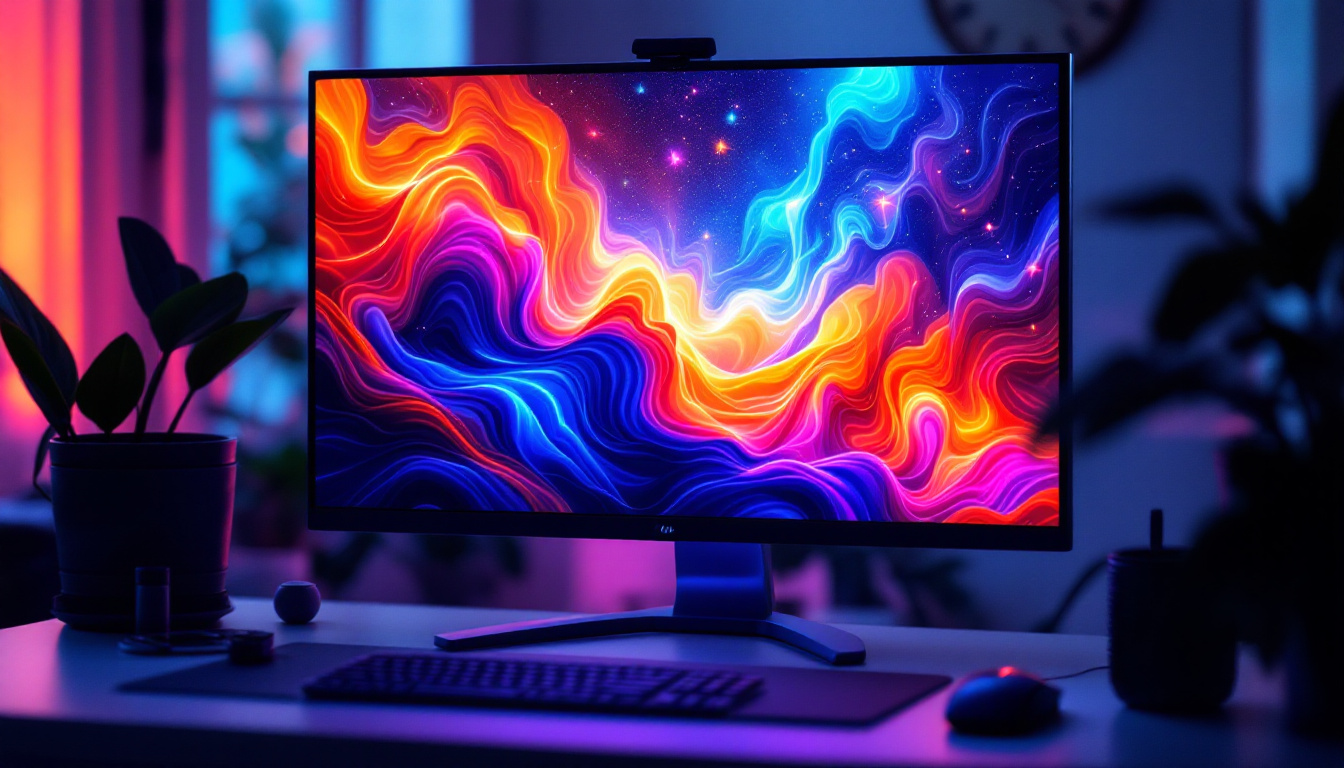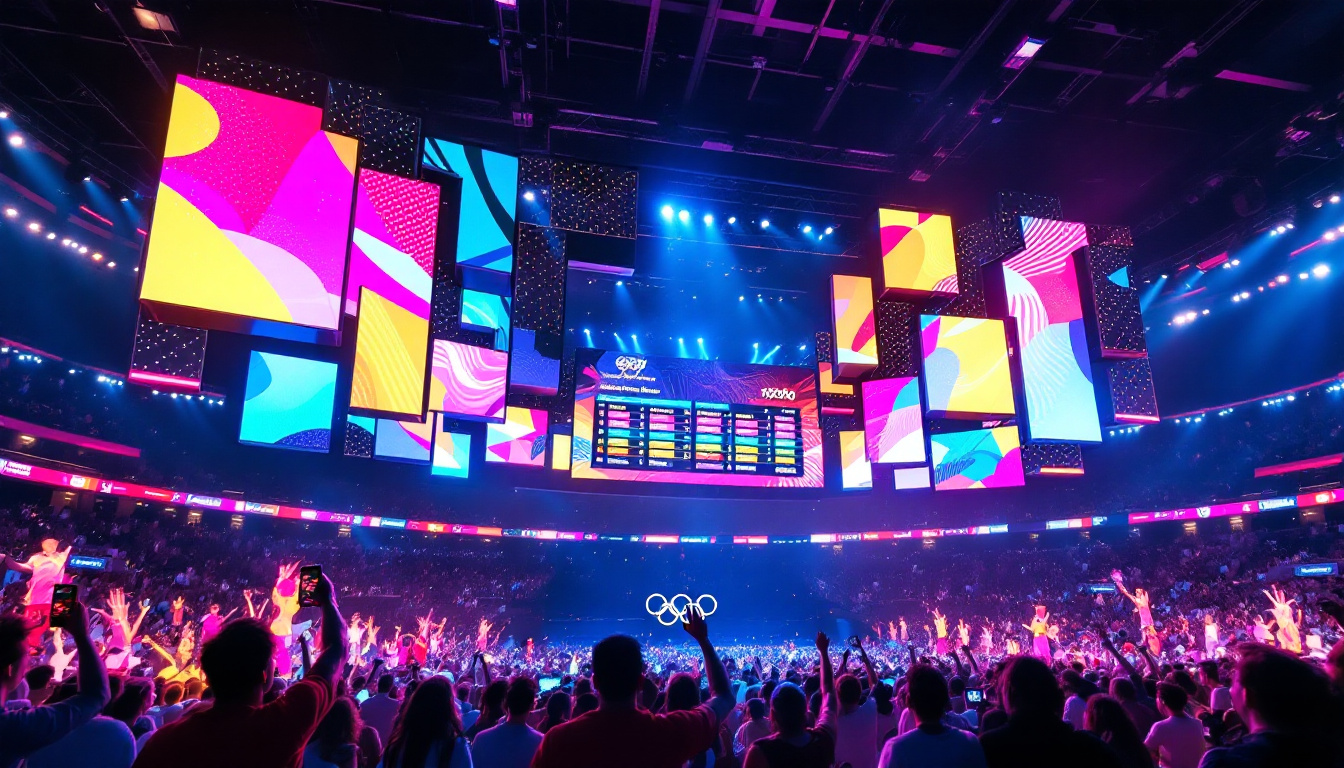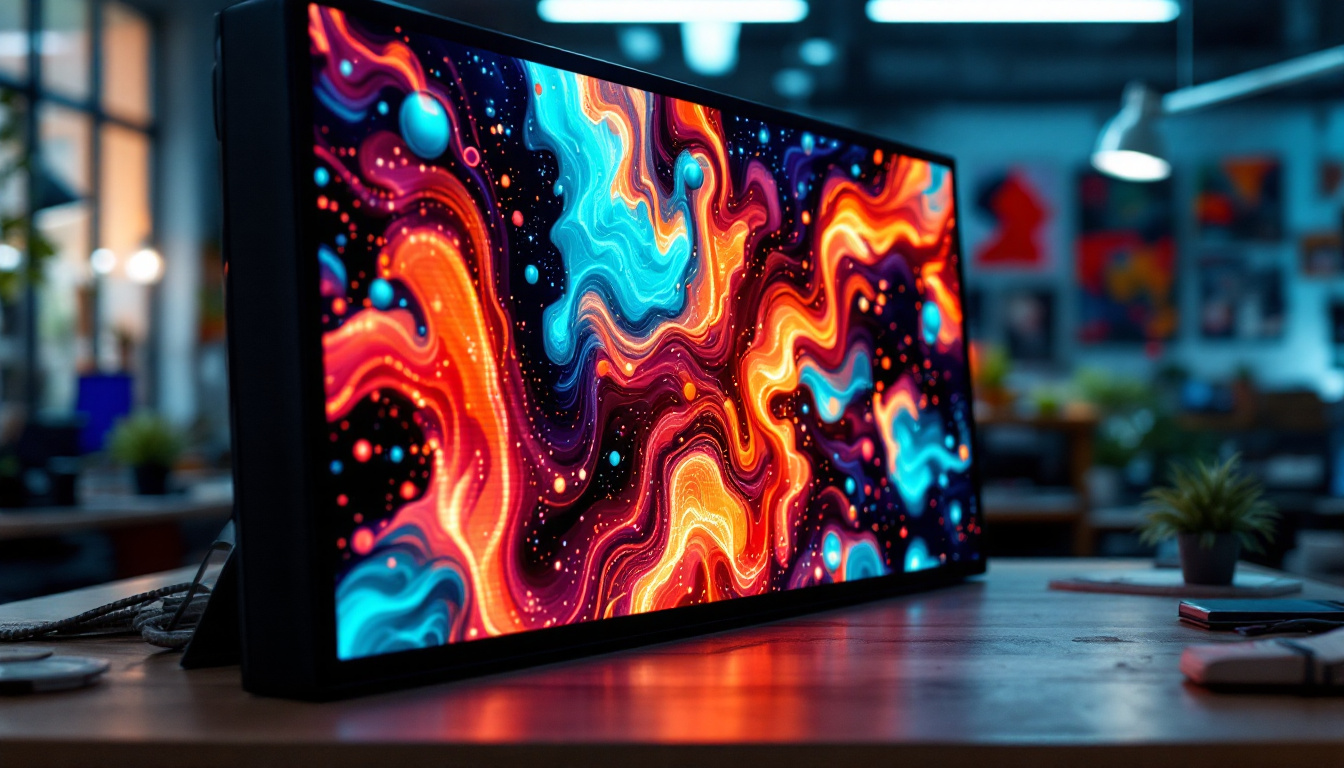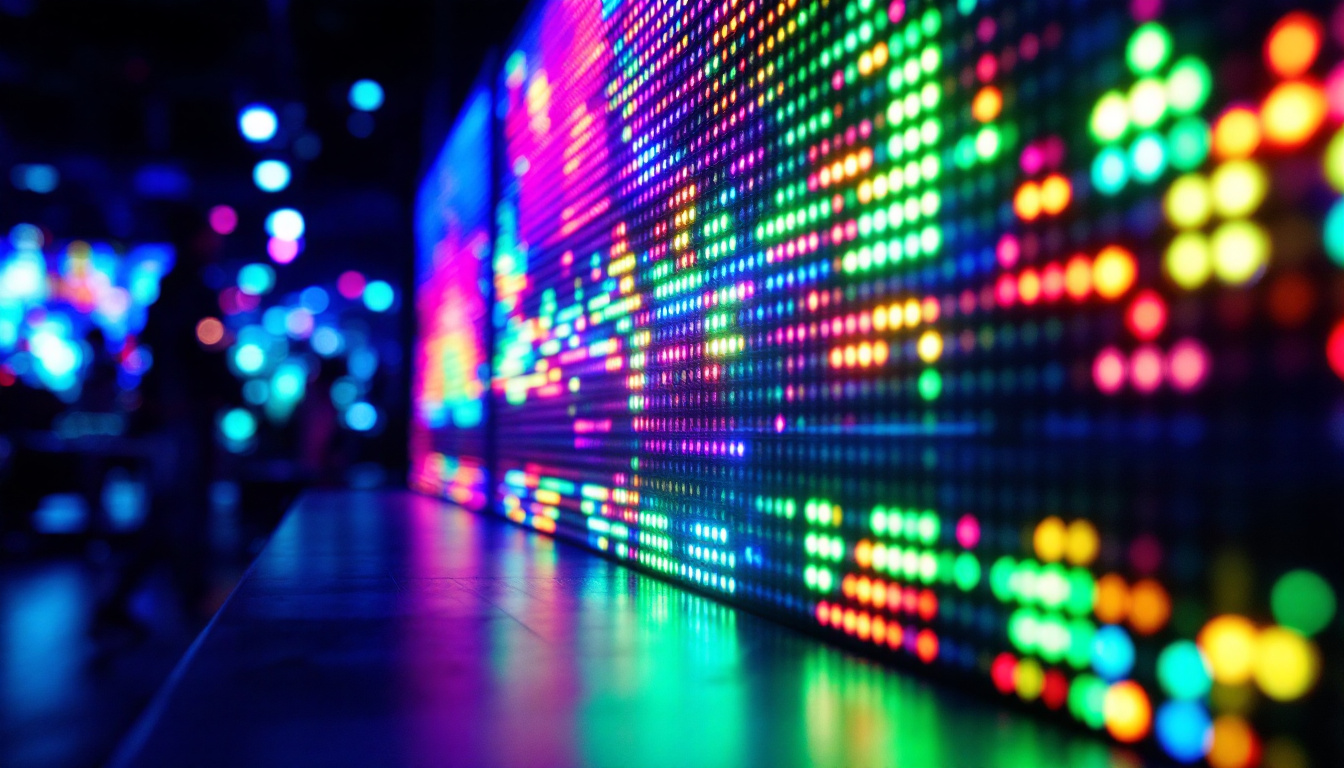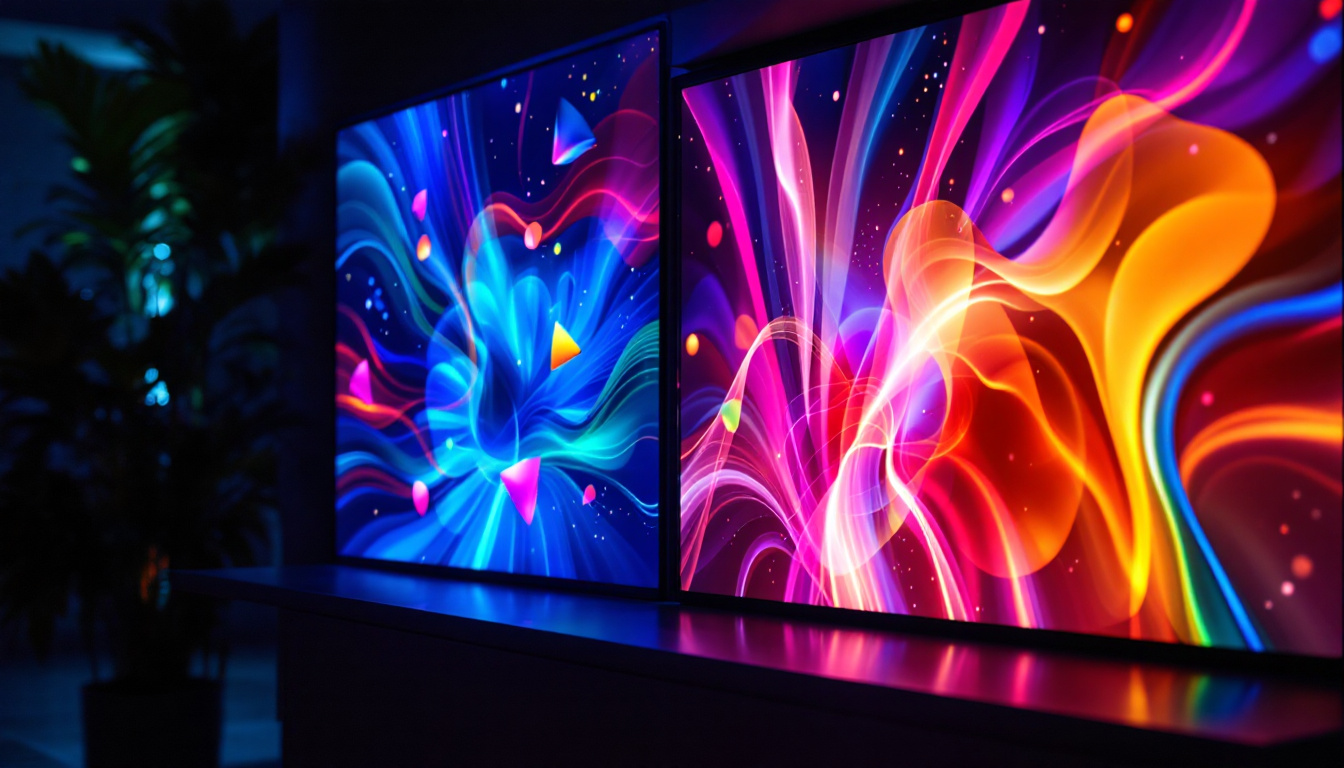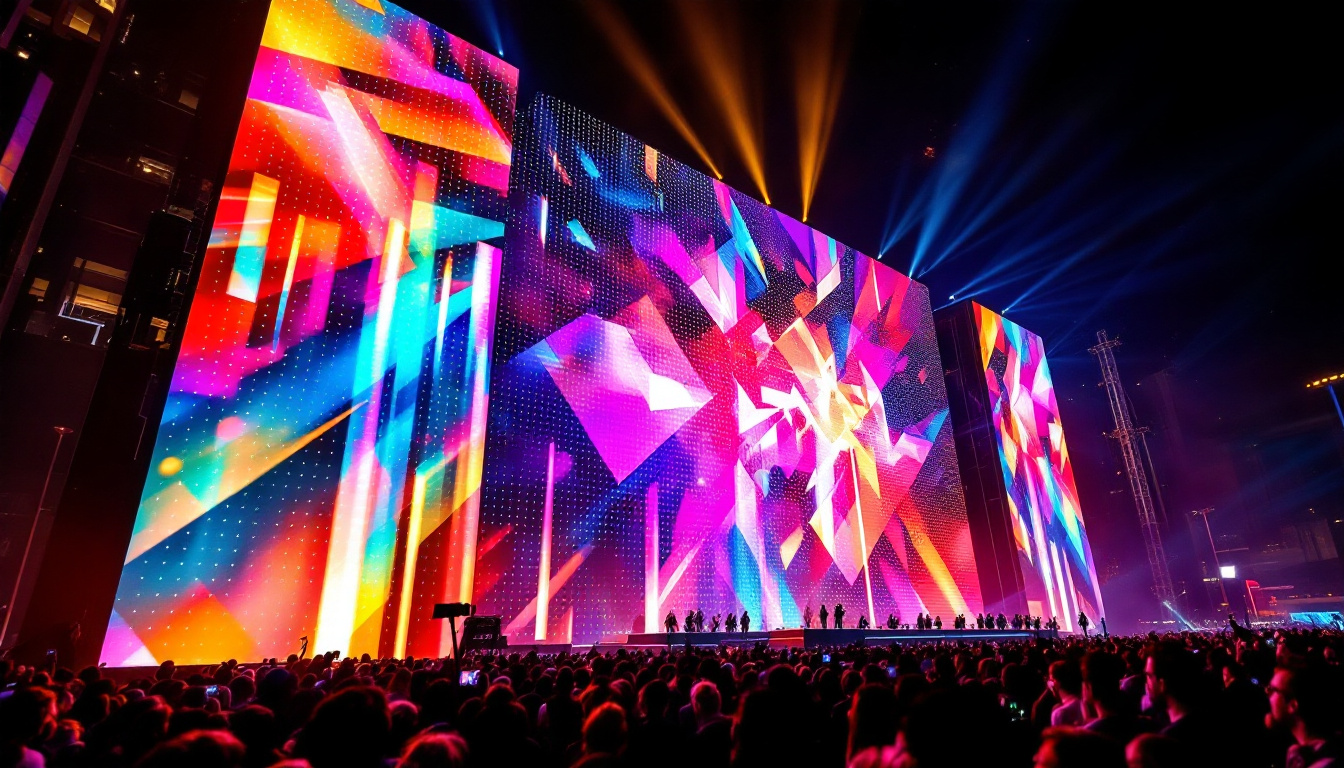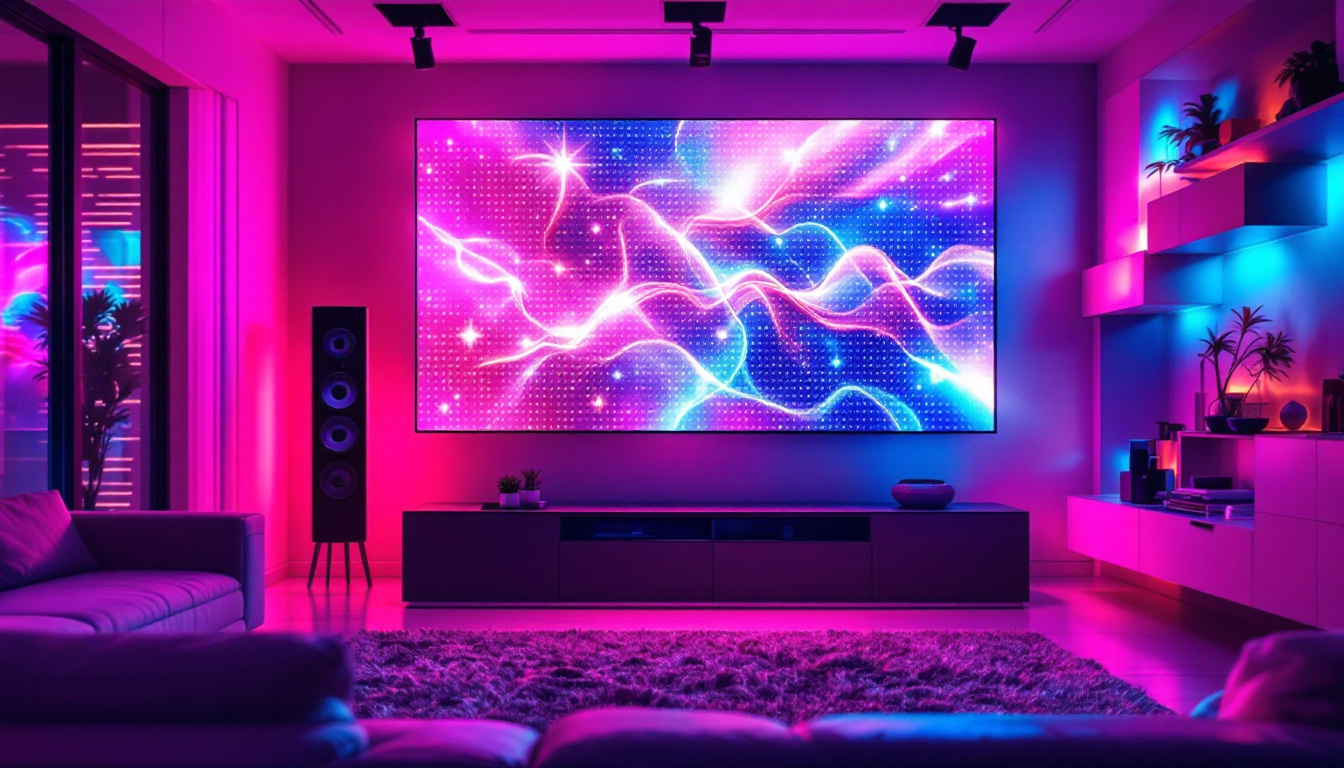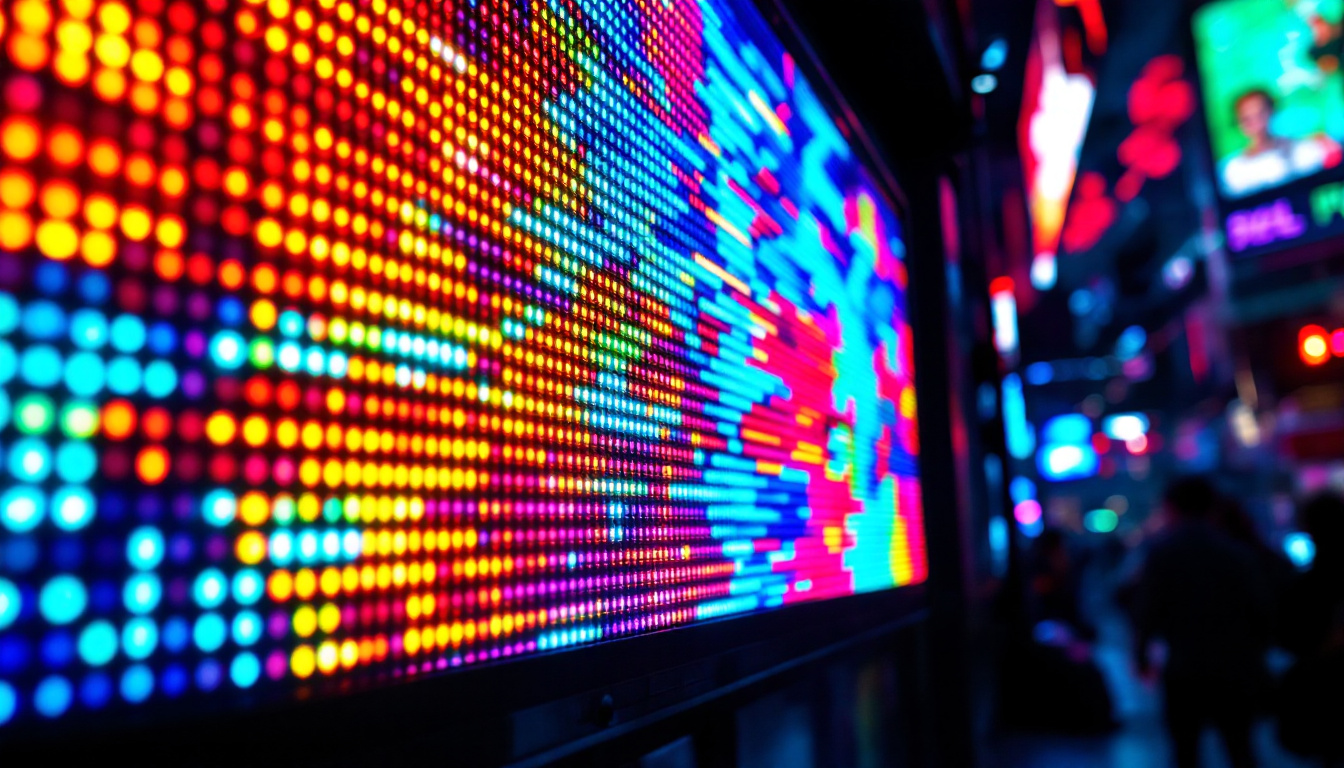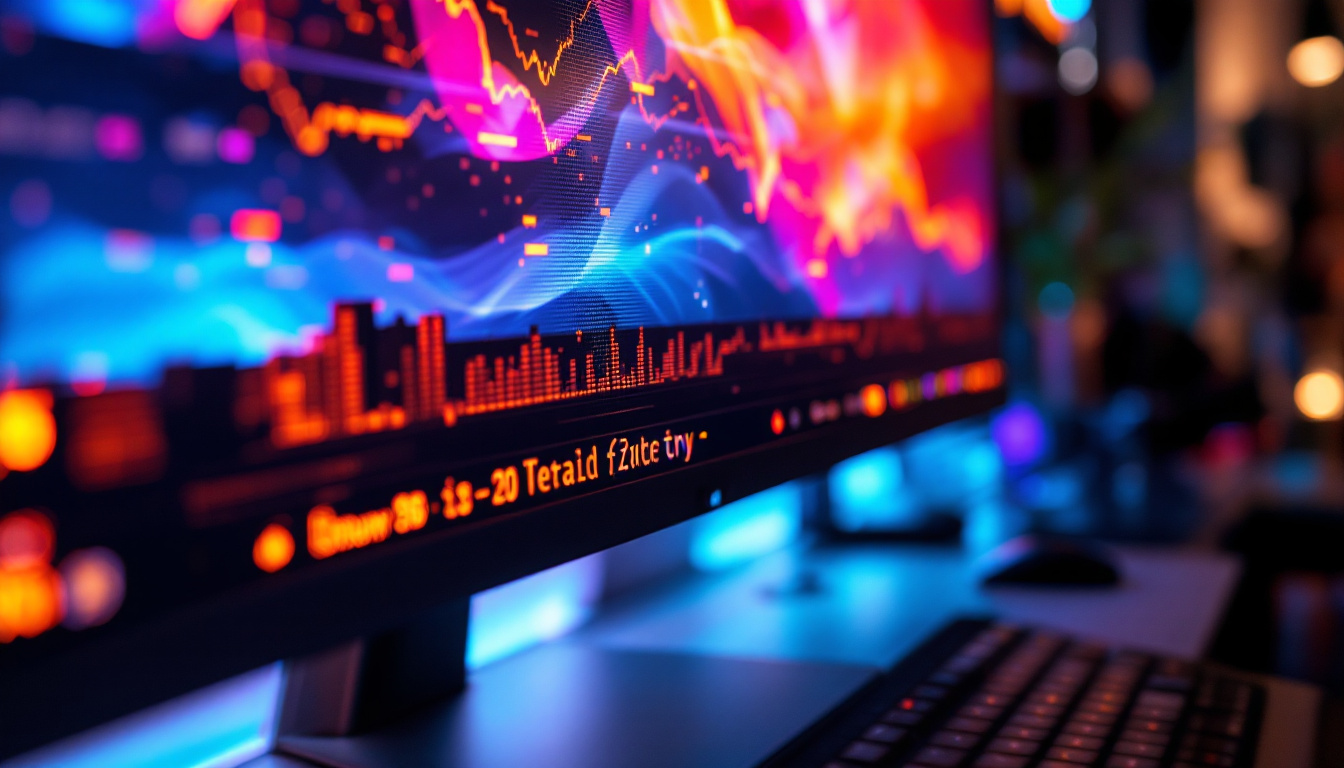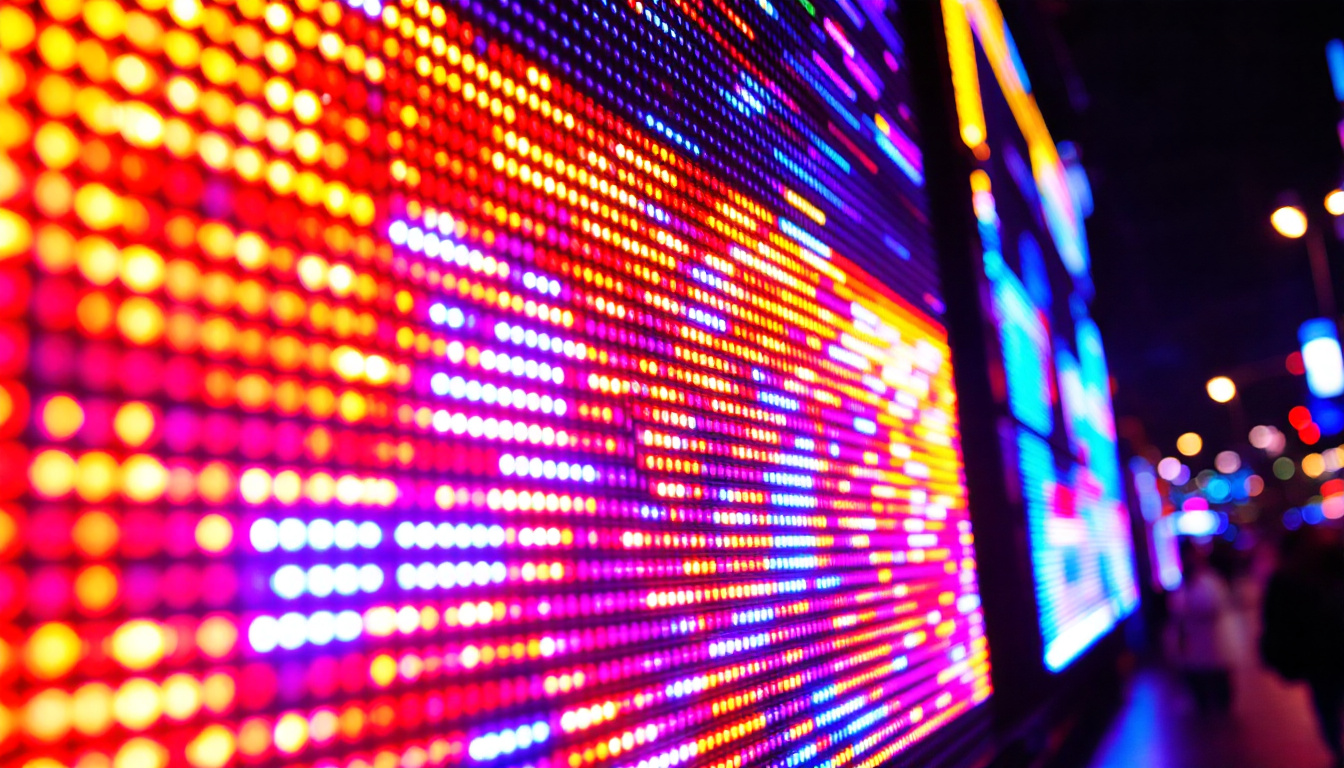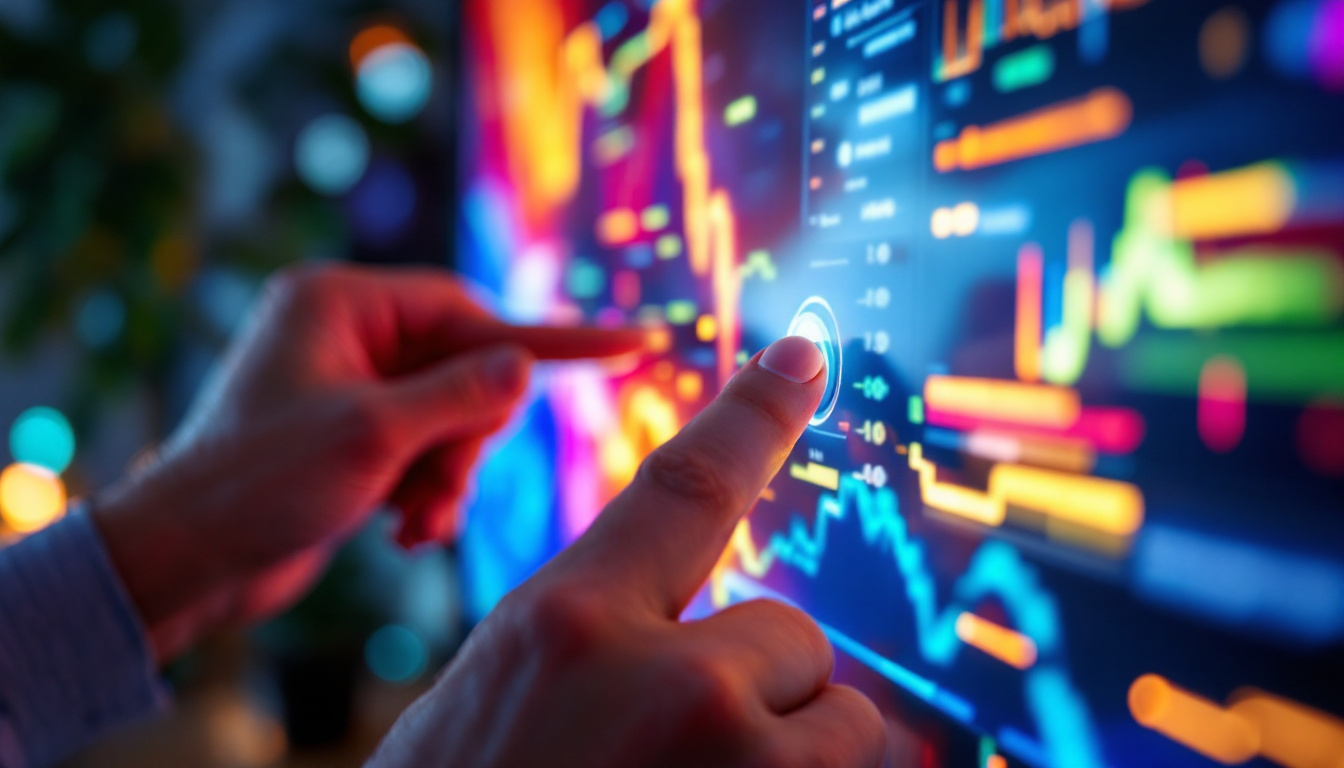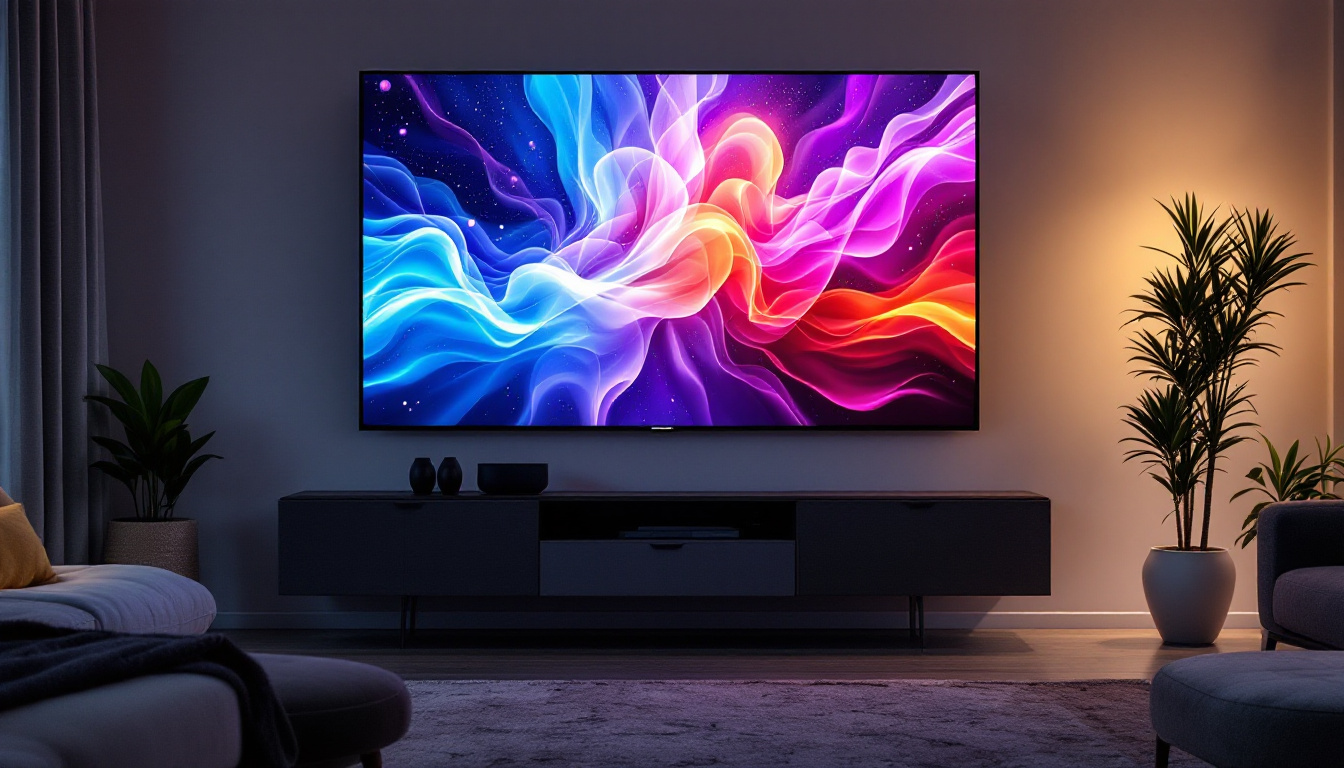In the modern world, lighted screens have become an integral part of daily life, from smartphones and televisions to advertising billboards. At the heart of these displays lies the technology known as LED (Light Emitting Diode). This article delves into the intricacies of LED displays, exploring their functionality, advantages, and applications across various sectors.
Understanding LED Technology
LED technology is based on the principle of electroluminescence, where a semiconductor material emits light when an electric current passes through it. This phenomenon is the foundation of LED displays, which have revolutionized how images and videos are presented on screens. The efficiency and longevity of LEDs have made them a preferred choice in various applications, from household lighting to large-scale advertising displays, significantly impacting both consumer habits and industrial practices.
How LEDs Work
LEDs are made from a combination of materials, typically including gallium, arsenic, and phosphorous. When electricity flows through the diode, electrons recombine with holes in the semiconductor, releasing energy in the form of photons, which is visible light. The color of the emitted light depends on the materials used in the semiconductor. This process not only allows for the emission of light but also contributes to the durability and energy efficiency of LED technology, as less heat is generated compared to traditional incandescent bulbs.
In LED displays, multiple diodes are arranged in a grid to create pixels. Each pixel can emit different colors, allowing for the display of a wide range of images and videos. The combination of red, green, and blue (RGB) light from these pixels enables the creation of millions of colors, making LED displays vibrant and dynamic. Furthermore, advancements in technology have led to the development of features such as high dynamic range (HDR) and local dimming, which enhance the viewing experience by improving contrast and brightness levels, making images appear more lifelike.
Types of LED Displays
There are several types of LED displays, each designed for specific applications. The most common types include:
- Direct View LED: These displays use individual LEDs to create images directly visible to the viewer. They are often used in large outdoor screens and billboards, providing exceptional brightness and visibility even in direct sunlight.
- LED-backlit LCD: These displays use LEDs to illuminate an LCD panel. They are prevalent in televisions and computer monitors, providing better contrast and energy efficiency compared to traditional fluorescent backlighting. The use of LED backlighting has also allowed for thinner and lighter designs, making modern displays more aesthetically pleasing.
- Organic LED (OLED): A newer technology where organic compounds emit light when an electric current is applied. OLED displays offer superior color accuracy and contrast ratios, making them popular in high-end televisions and smartphones. Additionally, OLED technology allows for flexible and curved displays, opening up new possibilities for innovative design in consumer electronics.
As LED technology continues to evolve, we are witnessing a trend towards more sustainable and energy-efficient solutions. Innovations such as smart lighting systems, which can be controlled via mobile apps and integrated with home automation systems, are becoming increasingly common. These advancements not only enhance user convenience but also contribute to energy conservation, aligning with global efforts to reduce carbon footprints and promote environmentally friendly practices.
Advantages of LED Displays
LED displays offer numerous advantages over traditional display technologies, making them a preferred choice for many applications. Their benefits extend beyond mere aesthetics, impacting performance, energy efficiency, and longevity.
Energy Efficiency
One of the most significant advantages of LED displays is their energy efficiency. Compared to traditional incandescent or fluorescent displays, LEDs consume significantly less power. This reduced energy consumption not only lowers electricity bills but also contributes to environmental sustainability by decreasing carbon footprints.
Moreover, advancements in LED technology have led to even more efficient designs, such as dimmable LEDs that adjust brightness based on ambient light conditions. This feature further enhances energy savings and extends the lifespan of the display. Additionally, LED displays can be designed with smart technology that allows for real-time monitoring of energy usage, enabling users to optimize their settings for maximum efficiency. This level of control not only promotes sustainability but also empowers businesses to make informed decisions about their energy consumption.
Longevity and Durability
LED displays are known for their impressive lifespan, often lasting up to 100,000 hours or more. This longevity translates to lower maintenance costs and reduced frequency of replacements. Additionally, LEDs are more durable than traditional display technologies, as they are less susceptible to damage from impacts or environmental conditions.
For outdoor applications, such as digital billboards, LED displays are designed to withstand harsh weather conditions, including rain, snow, and extreme temperatures. This resilience makes them a reliable choice for various settings. Furthermore, many LED displays are built with protective coatings that enhance their resistance to UV radiation and corrosion, ensuring that they maintain their vibrant colors and clarity over time. This durability not only benefits the display’s performance but also enhances the overall investment value, as businesses can rely on their displays to perform consistently without frequent repairs or replacements.
Applications of LED Displays
The versatility of LED displays allows them to be used in a wide range of applications across different industries. From entertainment to advertising, their impact is profound and far-reaching.
Advertising and Marketing
In the advertising sector, LED displays have transformed how brands communicate with consumers. Dynamic digital billboards can display multiple advertisements in a rotating format, capturing the attention of passersby more effectively than static signs.
Furthermore, the ability to update content remotely allows advertisers to tailor messages based on real-time data, such as weather conditions or audience demographics. This flexibility enhances engagement and improves marketing ROI. For instance, a clothing retailer can promote summer apparel on a sunny day while switching to winter gear as temperatures drop, maximizing relevance and appeal. Additionally, interactive LED displays can engage consumers directly, allowing them to participate in polls or contests, further enhancing brand interaction.
Entertainment and Events
LED displays have become a staple in the entertainment industry, particularly in concerts, sports events, and festivals. Large-scale LED screens are used to enhance the visual experience, providing vibrant backgrounds and live feeds of performances.
Moreover, the ability to create immersive environments with LED technology has led to innovative stage designs, where screens can be integrated into the set itself, blurring the lines between performers and their surroundings. This integration allows for stunning visual storytelling, where the backdrop can change dynamically to reflect the mood of the performance or the theme of the event. Furthermore, LED technology enables high-definition visuals that can be seen clearly from great distances, ensuring that audiences, whether in the front row or far back, have a captivating experience.
Transportation and Public Information
In transportation hubs, such as airports and train stations, LED displays are used for real-time information dissemination. Flight schedules, train arrivals, and other important announcements are easily visible, ensuring that travelers are well-informed.
Additionally, LED displays are utilized in public spaces for safety and navigation purposes. digital signage can guide pedestrians, provide directions, and display emergency alerts, enhancing overall public safety. In urban settings, these displays can also serve as platforms for community engagement, showcasing local events, public service announcements, or even art installations. This dual functionality not only aids in navigation but also fosters a sense of community by keeping citizens informed and connected to local happenings. The adaptability of LED technology in these environments makes it an invaluable tool for modern urban infrastructure.
Challenges and Considerations
Despite their numerous advantages, LED displays are not without challenges. Understanding these challenges is essential for effective implementation and maintenance.
Initial Costs
The initial investment for LED display technology can be relatively high compared to traditional display options. While the long-term savings in energy and maintenance costs can offset this initial expenditure, businesses must carefully evaluate their budgets and projected ROI before making a decision.
However, as technology advances and production scales increase, the costs of LED displays have been gradually decreasing, making them more accessible to a wider range of consumers and businesses.
Color Calibration and Quality Control
Achieving consistent color quality across an LED display can be challenging. Variations in manufacturing processes can lead to discrepancies in brightness and color accuracy. Therefore, proper calibration and quality control measures are essential to ensure that the display meets the desired standards.
Regular maintenance and calibration can help mitigate these issues, ensuring that the display continues to perform optimally throughout its lifespan.
The Future of LED Display Technology
The future of LED display technology looks promising, with ongoing research and development aimed at enhancing performance and expanding applications. Innovations in materials, design, and functionality are set to redefine the capabilities of LED displays.
MicroLED Technology
One of the most exciting advancements in LED technology is MicroLED, which involves using tiny individual LEDs to create displays. This technology promises higher resolutions, improved color accuracy, and greater energy efficiency compared to traditional LED displays.
MicroLED displays are also modular, allowing for flexible screen sizes and shapes, making them ideal for a variety of applications, from consumer electronics to large-scale installations.
Integration with Smart Technologies
As smart technologies continue to evolve, the integration of LED displays with IoT (Internet of Things) devices is becoming increasingly common. This integration allows for real-time data sharing and interaction, enhancing user experiences in both commercial and residential settings.
For instance, smart LED displays can adjust brightness based on ambient light, interact with mobile devices for personalized content, and even provide analytics for businesses to optimize their advertising strategies.
Conclusion
LED displays have revolutionized the way information is presented and consumed in various sectors. Their energy efficiency, longevity, and versatility make them an attractive option for businesses and consumers alike. As technology continues to advance, the potential applications of LED displays will only expand, paving the way for new innovations and experiences.
Understanding the intricacies of LED technology, its advantages, and its challenges is essential for anyone looking to leverage this powerful tool. Whether in advertising, entertainment, or public information, LED displays are set to play a crucial role in shaping the future of visual communication.
Illuminate Your Brand with LumenMatrix
Ready to elevate your visual communication and captivate your audience with unparalleled clarity? Discover LumenMatrix’s innovative LED display solutions, from vibrant Indoor LED Walls to dynamic Outdoor Displays, and beyond. Our mission is to revolutionize your brand’s presence with cutting-edge technology that promises to engage and mesmerize. Check out LumenMatrix LED Display Solutions today and transform the way you share your message with the world.

